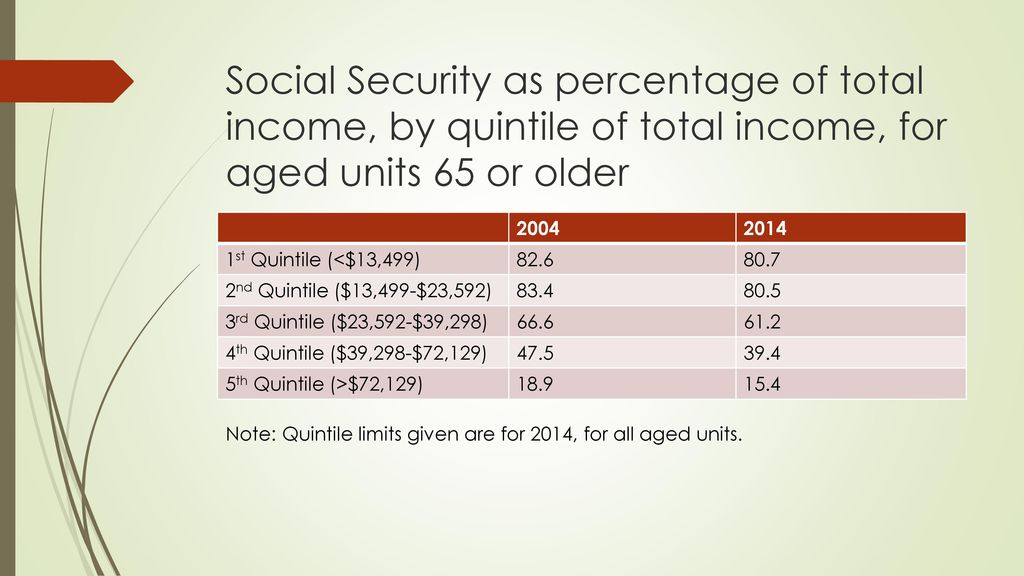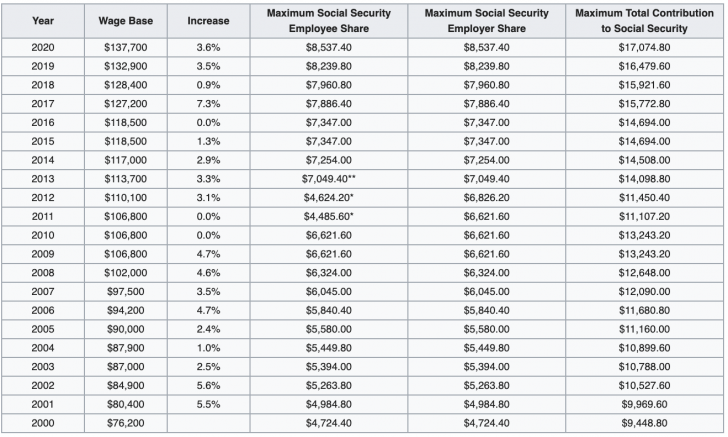
The United States Social Security system provides a vital safety net for millions of Americans, offering financial assistance to eligible recipients. One crucial aspect of this program is the maximum taxable benefit, which refers to the highest amount of Social Security benefits that can be taxed. In this article, we will delve into the world of maximum taxable benefits, exploring examples and shedding light on the intricacies of the system.
Understanding Maximum Taxable Benefits
To grasp the concept of maximum taxable benefits, it's essential to understand how Social Security benefits are taxed. The tax rate on Social Security benefits depends on the recipient's income level. For single filers with an income between $25,000 and $34,000, up to 50% of their benefits may be taxable. For those with an income above $34,000, up to 85% of their benefits may be taxable. The same applies to joint filers, with income thresholds of $32,000 and $44,000, respectively.
Maximum Taxable Benefit Examples
Let's examine a few scenarios to illustrate how maximum taxable benefits work:
Example 1: John, a single filer, receives $2,000 per month in Social Security benefits. His income is $30,000 per year, which falls within the 50% taxable range. In this case, up to $1,000 (50% of $2,000) of his monthly benefits may be taxable.
Example 2: Emily, a joint filer, receives $1,500 per month in Social Security benefits. Her combined income with her spouse is $50,000 per year, exceeding the 85% taxable threshold. As a result, up to $1,275 (85% of $1,500) of her monthly benefits may be taxable.
Example 3: Michael, a single filer, receives $2,500 per month in Social Security benefits. His income is $20,000 per year, which is below the taxable threshold. In this scenario, none of his Social Security benefits are taxable.
Strategies for Minimizing Taxes on Social Security Benefits
While it's impossible to avoid taxes on Social Security benefits entirely, there are strategies to minimize the tax burden:
Income planning: Managing income levels to stay within the lower taxable ranges can help reduce the amount of benefits subject to tax.
Tax-deferred investments: Utilizing tax-deferred investment vehicles, such as 401(k) or IRA accounts, can help reduce taxable income.
Charitable donations: Donating to charitable organizations can help reduce taxable income, potentially lowering the tax rate on Social Security benefits.
In conclusion, understanding maximum taxable benefits is crucial for optimizing Social Security benefits and minimizing taxes. By grasping the tax rates and income thresholds, individuals can make informed decisions about their financial planning. The examples provided illustrate the complexities of the system, highlighting the importance of considering individual circumstances when navigating the world of Social Security benefits. By implementing strategies to minimize taxes, individuals can unlock the full potential of their Social Security benefits and enjoy a more secure retirement.
Note: The information provided in this article is for general purposes only and should not be considered as tax or financial advice. It's essential to consult with a qualified tax professional or financial advisor to determine the best course of action for individual circumstances.







/trim-feed/media/media_files/316d0f697dcdd4b7178dd241f9ec8e5385945cd9e7ed3ec136c5f854686b5ebe.jpg)

